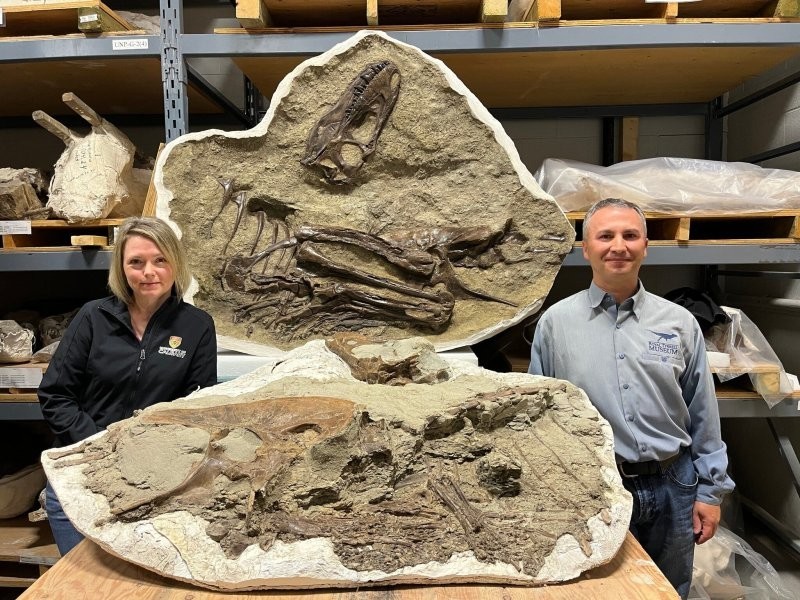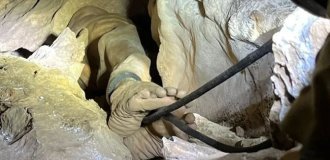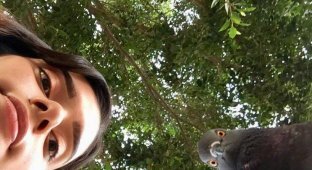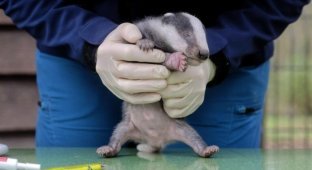The last meal of a 75-million-year-old dinosaur (7 photos)
Dinosaurs have been studied for many decades, and every step towards finding out what their lives were like is a great boon for science. When paleontologists found the 75-million-year-old remains of a close relative of the Tyrannosaurus rex, they didn't expect to see something so amazing. 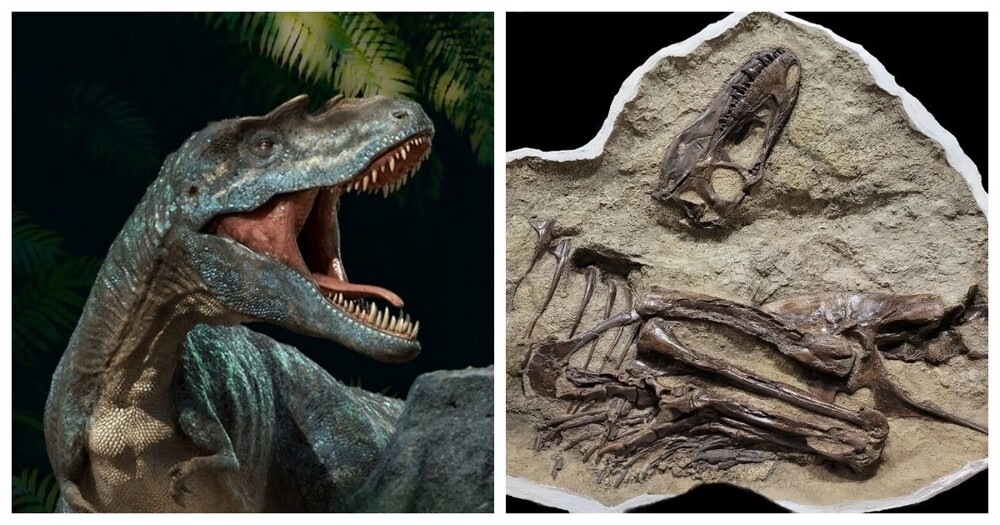
According to the researchers, thanks to the preservation of the animal and the contents of its stomach, we can learn the taste preferences of the formidable predator.
Dr Darla Zelenicki, from the University of Calgary, said the findings provide "strong evidence that tyrannosaurs changed their diet radically as they matured." 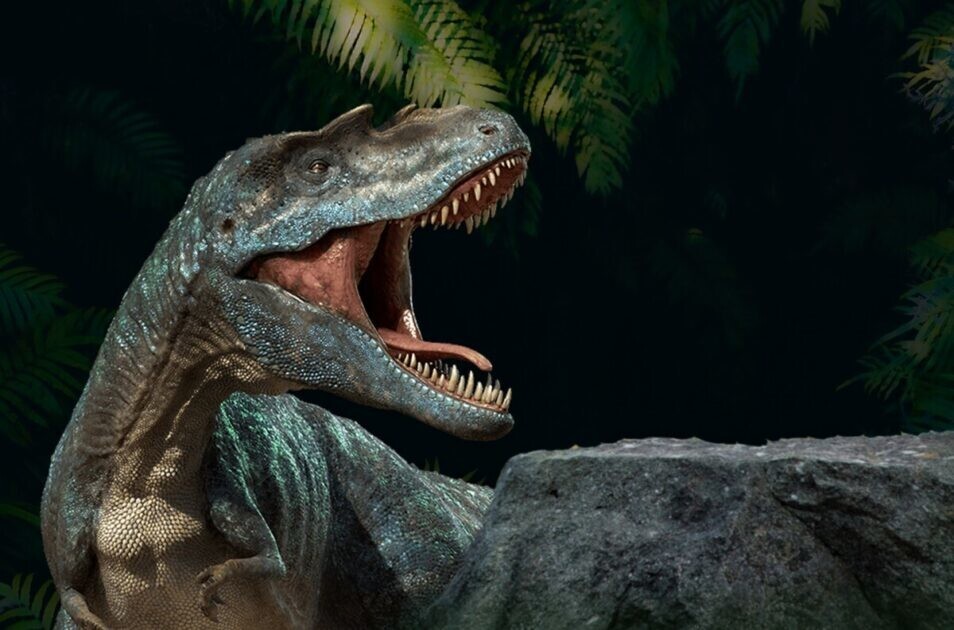
We are talking about a young Gorgosaurus, which is a close relative of the Tyrannosaurus rex. At the time of his death, he was about seven years old, weighing 330 kg, that is, he was not yet an adult. 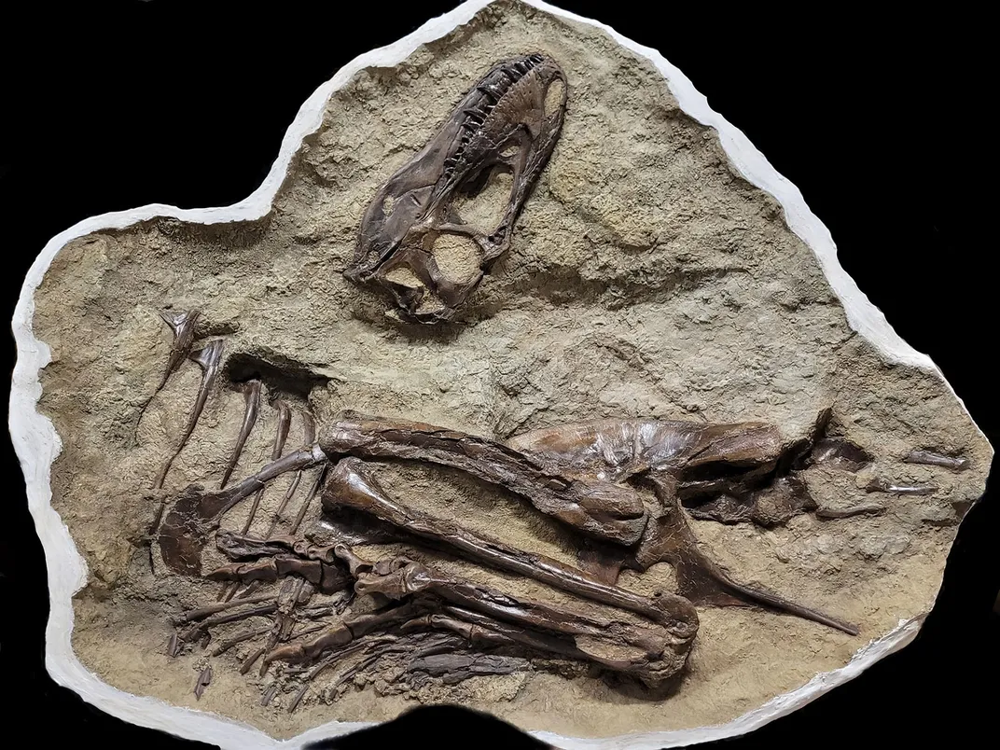
But here's what's interesting: in his stomach they found the hind legs of two small dinosaurs called Citipes.
"We now know that young tyrannosaurs preyed on small baby dinosaurs," Dr Zelenicki explained.
Eating habits changed as I grew older. So, if a seven-year-old Gorgosaurus eats baby Citipes, what will the adult eat? Judging by the remains and bite marks on the bones, scientists have concluded that they fed on large herbivorous dinosaurs, such as brontosaurs. 
Dr Francois Therrien of the Royal Tyrell Museum explained to the BBC that adult tyrannosaurs were "rather indiscriminate eaters" that grabbed large prey by "biting through the bones and tearing off the flesh." 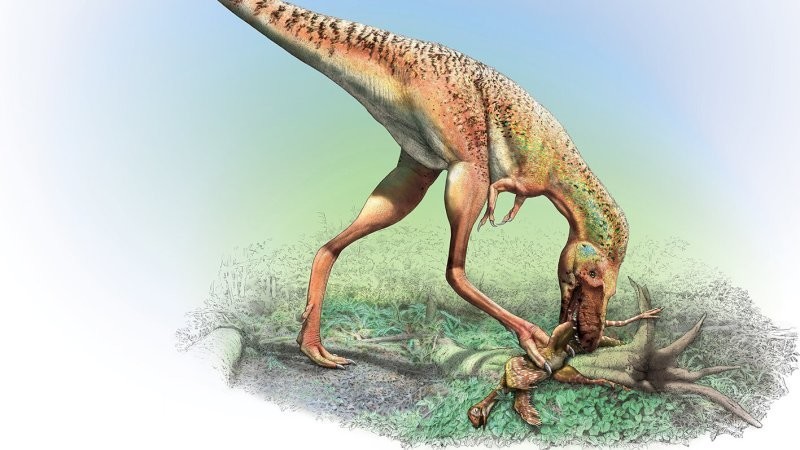
The fossil was discovered in Alberta in 2009 and took years to dissect. Gorgosaurus victims were less than 12 months old. And he only ate the meatiest parts. 
In adult dinosaurs of this species, the teeth become more rounded with age, similar to bananas, and in young ones - like blades, capable of cutting prey. They could tear off legs and swallow them whole. 